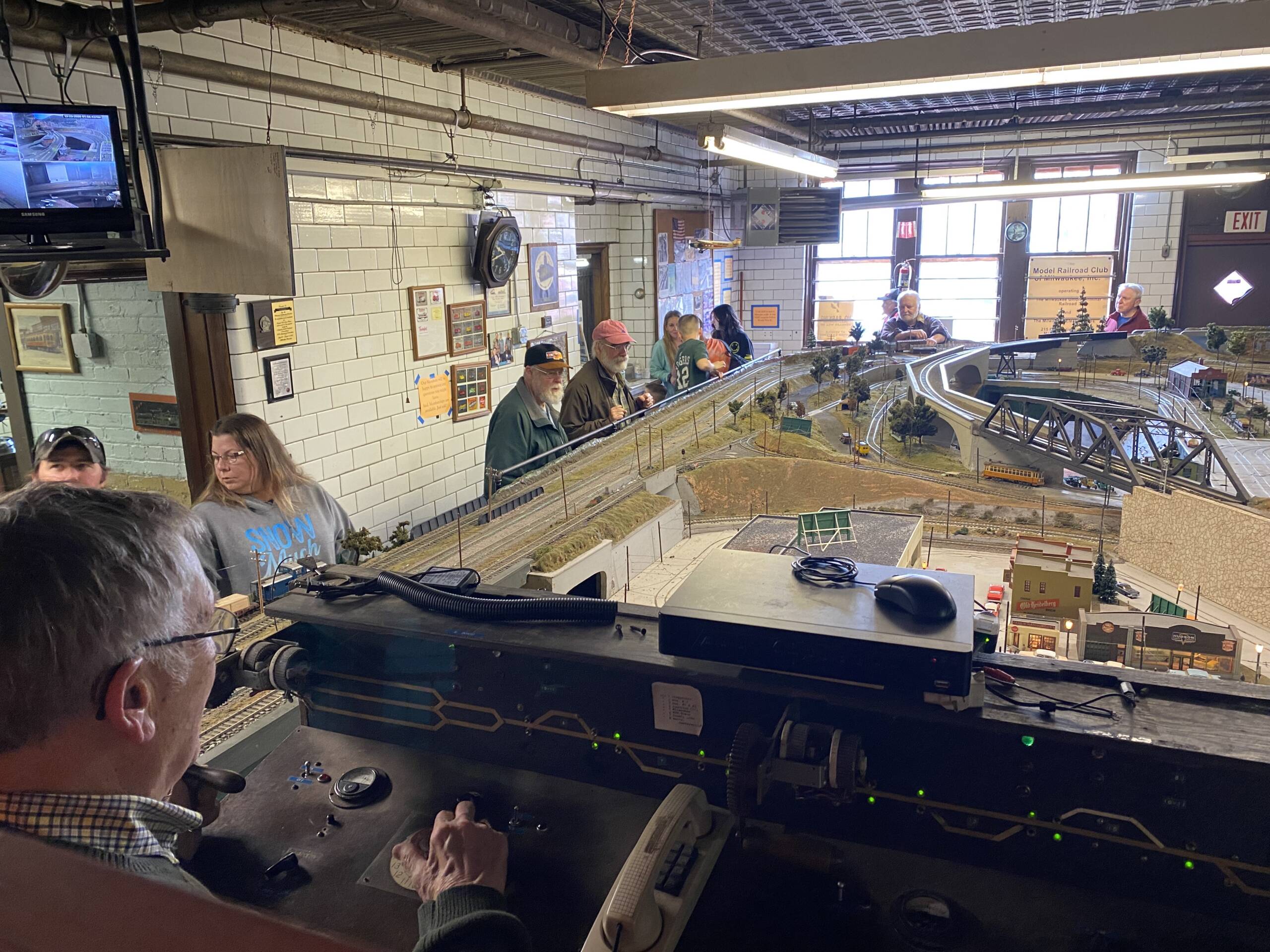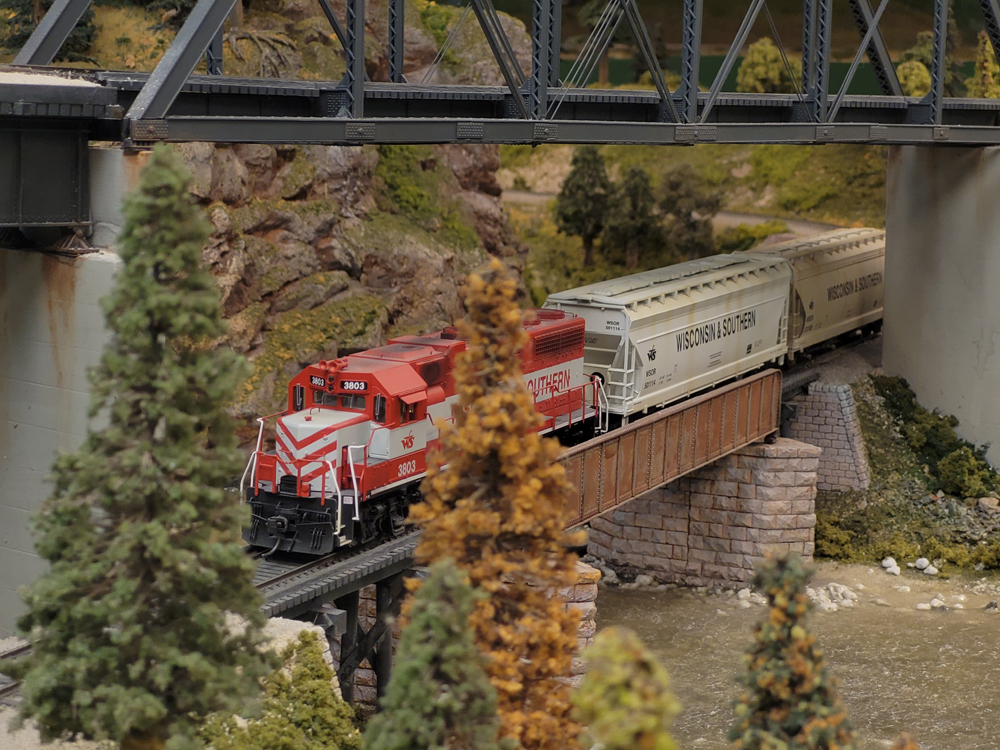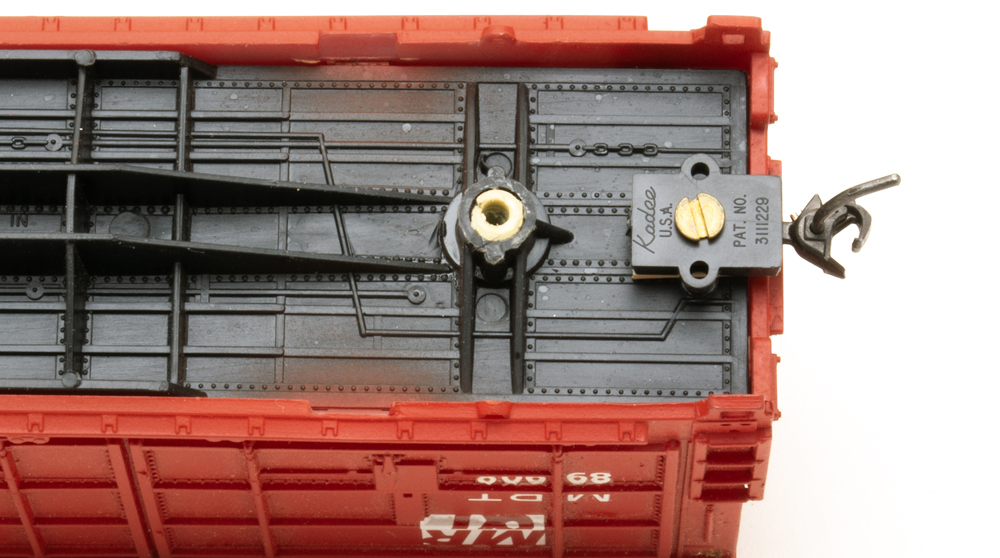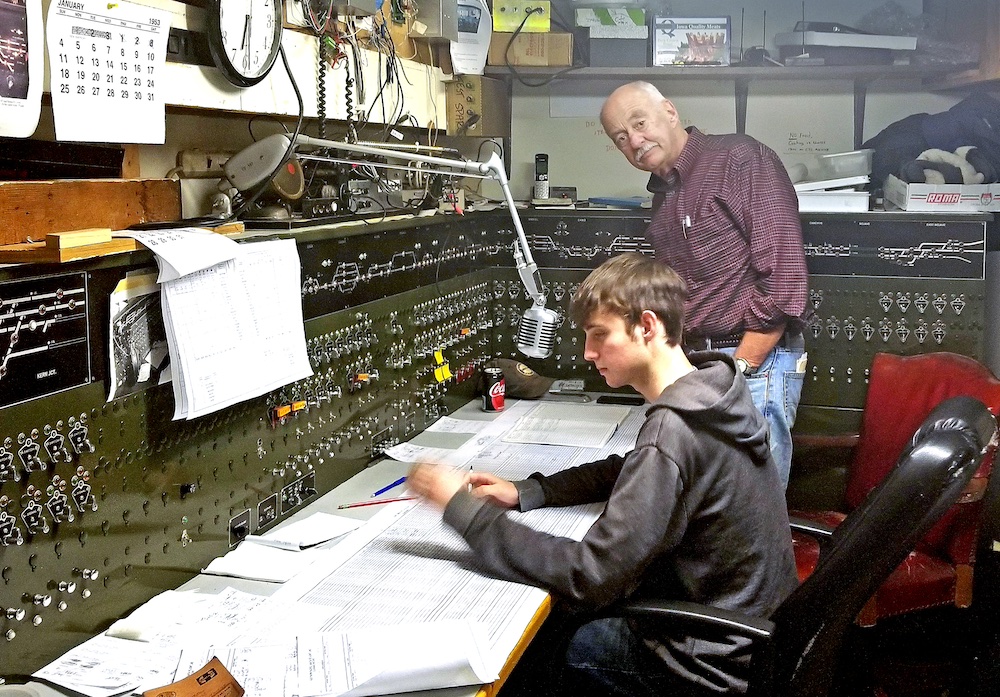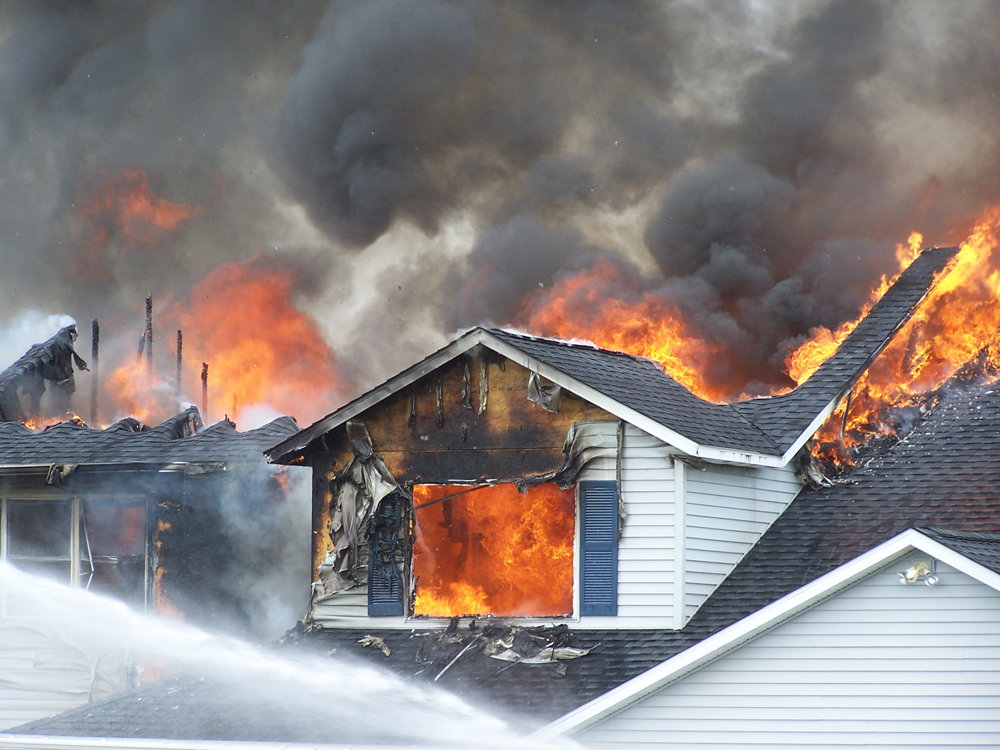
Though we consider model railroading a hobby, it’s also an investment. Consider the prices of model trains today. Depending on the scale, level of detail, and features, a ready-to-run freight car retails for anywhere from $20 to $150. Today’s injection-molded plastic steam and diesel locomotives are priced from $150 to $900. The numbers start to add up quickly, especially if you have a large model railroad. That’s why insuring model trains properly is important should disaster strike.
But locomotives and rolling stock are only part of the equation. Don’t forget the layout. Benchwork, track, structures, scenery materials, and the control system all come at a cost. If your residence were to suffer a fire or be hit by a natural disaster, you want to make sure insurance will adequately cover all losses.
Document your collection
The first step to insuring model trains is documenting your collection. Generate a list of everything you own. Include the manufacturer name, item number, brief product description, quantity you own, and the amount you paid for each item. This is best done with a word processing or spreadsheet program for two reasons. First, it’s easier to make changes to the list as you add or subtract items from the collection. Second, an electronic file is easier to transfer to your insurance agent.
You should also document layout items (structures, track, scenery materials, etc.) in the above-mentioned list. Supplement the listings with images of the model railroad. Take a mix of overall and close-up photos so your insurance agent has an idea of what you’ve built.
Contact your insurance agent
With your collection inventoried and documented, the next step is to contact your local insurance agent. A model train collection is usually done as a Personal Articles policy. This goes beyond a homeowner’s policy that would cover fire. Using a piece of jewelry as an example, a homeowner’s policy would cover it if it were stolen. If it was being worn and the stone fell out somewhere, a Personal Articles policy would cover that or if it were stolen while traveling. A Personal Articles policy is especially effective (and desirable) if your model train collection is being moved where miscellaneous damage could occur.
You can also get an independent policy for just the model railroad. Your insurance company will need value information and a description of what’s on the layout. The independent policy is usually annual and not prohibitively expensive. For example, a $6,000 piece of jewelry would be insured for approximately a $60 annual premium.
For even more information on protecting your collection, check out Joe Algozzini’s article “Toy train insurance” from Classic Toy Trains.
Take action
It’s easy to think a fire, flood, or other destructive event will never impact your property. But accidents do happen, as Steve Brown wrote about in “Rising from the ashes” in the November 2014 issue of Model Railroader. “May 3, 2008, started off like any other Saturday,” Steve wrote. “I had to mow a neighbor’s lawn while my parents visited my grandmother an hour away. After finishing the mowing, I headed downtown to a museum where I volunteered. Less than an hour later my dad, Bill, got a phone call from a neighbor telling him that our house was on fire.
“In the days that followed, it was determined that the lawnmower had somehow ignited in the back shed,” Steve continued. “Winds blew the flames to the back deck, on which sat our gas grill. Once that exploded, the house was history.”
The Brown family built a new house and a new model railroad, the 25 x 40-foot HO scale Leadville & Red Cliff. “We didn’t plan to start fresh,” Steve concluded. “But we will certainly make the best of it.”
There’s no time like the present for insuring model trains. Replacing locomotives, rolling stock, and other items in kind isn’t always possible as many products are produced on a limited-run or one-time basis. However, you don’t want to find after the fact your insurance policy offers insufficient coverage — or worse yet, no coverage — for the model train collection and layout you’ve worked so hard to build.






